Storing food in a root cellar goes way back, and it’s still one of the best low-tech ways to keep produce fresh without even plugging anything in. If you’re considering building or using a root cellar, knowing what you can actually keep down there (and for how long) makes a huge difference. Here’s my experience and what I’ve learned about storing food the old-fashioned way, plus lots of handy details to help you get started.

What is a Root Cellar and Why Use One?
A root cellar is a cool, dark, and humid storage area, usually dug into the ground or tucked into a hillside. People set up root cellars to keep veggies, fruits, and even some preserves safe and fresh for months. Before refrigerators, these cellars were the popular way to store food through the winter, especially if you grew your own. A well-built root cellar makes use of the earth’s natural temperature stability and moisture, helping things last far longer than they would out in a shed or on a pantry shelf. It’s a true example of working with nature instead of fighting it, and many homesteaders find it indispensable season after season.
What Foods Store Well in a Root Cellar?
Not everything does well in a root cellar, but plenty of fruits and veggies stay fresh for ages down there. Here’s a breakdown of foods that hold up really well, plus rough timelines for how long you can expect them to last when the cellar conditions are on point:
- Potatoes: 4–7 months
- Carrots: 4–6 months
- Beets: 4–5 months
- Turnips and Rutabagas: 3–5 months
- Parsnips: 3–5 months
- Apples: 2–7 months (depending on the variety)
- Pears: 1–3 months
- Cabbage: 2–4 months
- Winter Squash and Pumpkins: 2–6 months
- Garlic and Onions: 3–8 months (but prefer it drier than a typical root cellar)
Other foods like leeks, celery, and some leafy greens also do decently in a cellar, though they might not last as long. You might also want to stash cured meats, preserves, or jars of pickles in your cellar, but these are considered preserved rather than fresh and usually keep a lot longer. With some experimentation, you can even find less common crops to keep, like Jerusalem artichokes, which have surprised me with their storage potential in cool, humid settings.
How Long Does Root Cellar Storage Work?
Root cellars keep food fresh well beyond supermarket shelf life. The key is to set foods up with the right temperature, humidity, and darkness. Here’s what I’ve found about storage times, assuming the cellar stays between 32–40°F (0–5°C) with a humidity level of about 85–95%:
- Potatoes will last at least 4 to 7 months, especially if you cure them (leave them in a warm, dark spot for about 10 days before storage) and store varieties with thicker skins.
- Apples keep anywhere from 2 months (for softer varieties) up to 7 months (for harder types like Granny Smith and Fuji). It helps to store apples separately, since apples release ethylene gas that can cause some veggies to spoil.
- Carrots, beets, turnips, and parsnips all keep about 3–6 months. Putting them in damp sand or sawdust can help prevent shriveling.
- Cabbages last 2–4 months if kept away from moisture build-up that leads to rot.
- Onions and garlic prefer it a bit drier. A mesh bag in a well-ventilated corner of the cellar is a good move for these.
I’ve noticed that exact timing can mix up based on how consistent the cellar’s conditions stay. If temperatures are too high, things sprout or spoil sooner. If it’s too damp, rot can set in quickly. It’s a learning process, and every cellar is a bit different, so take notes through the season on what lasts and what fizzles out fast.
How to Maintain a Root Cellar
Getting the most out of your root cellar storage is all about dialing in three main things: temperature, humidity, and air circulation. Here’s what works for me and other cellar users I’ve talked to:
- Keep it cool: Ideally, you’re aiming for a steady 32–40°F. If the temperature creeps up, food won’t last as long. If it drops well below freezing, produce might get damaged or lose its texture.
- Watch the humidity: High humidity helps most root crops stay plump and juicy. You can give moisture a boost by sprinkling water on the floor or adding a shallow tray of water. If things get too damp, mold and rot can take hold, so strike a balance. A small fan or vent may help you keep it dialed in.
- Ventilation matters: Good airflow cuts down on musty smells and lets ethylene gas escape, which can ruin produce. Simple vents or opening the cellar door for a short while can make a real difference.
- Organize by crop: Store apples away from spuds and roots, since ethylene from apples makes other produce spoil or sprout early. Keep onions and garlic in drier areas, away from moisture-loving veggies.
- Check often: Every couple of weeks, look for any spoilage. Remove anything going bad so it doesn’t start a chain reaction in the rest.
During fall and early winter, outer temperatures can move quickly, and your root cellar may see quick changes too. Keep an eye out for condensation and wild temperature swings; both can shorten storage life. You may need to add insulation or cover certain bins to offset these swings if they get serious in your area.
Potatoes in the Root Cellar: How Long Do They Last?
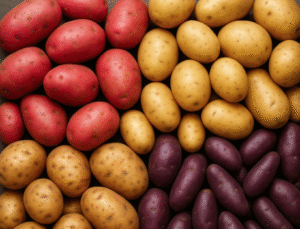
Potatoes are tailor made for root cellar storage. I usually get 4 to 7 months out of my spuds before I see signs of softening or sprouting. The variety matters a lot; russets and Yukon Golds keep the longest, while thin skinned types spoil sooner. Here are some tricks for longer storage:
- Cure freshly dug potatoes before storing. I let mine sit in a dark, warm spot for 1–2 weeks so the skins can toughen up.
- Brush off excess dirt (don’t wash them), and only store potatoes that are unbruised and whole.
- Keep them completely dark to avoid greening and unwanted sprouting.
- If temps go above 45°F, sprouting picks up fast. If it’s too cold, starch turns to sugar and the taste is off.
If you want even more storage life from your potatoes, consider running an experiment with a few different varieties to see which holds up best in your particular cellar setup. Keeping a small notebook of seasonal results is a helpful way to keep track of what works, especially if you have variable weather or a tricky cellar climate.
Apples in the Root Cellar: How Long Do They Keep?
Apples hold on for months in a good cellar, though the kind you use makes all the difference. Firm and tart apples like Granny Smith, Northern Spy, Fuji, and Enterprise stick around longer—sometimes lasting into late spring if your conditions stay steady. Softer apples such as Gala and McIntosh check out around 2–3 months.
- Every apple should be free from bruises; one bad apple can ruin the batch.
- Wrap apples in paper or keep them in shallow crates. Having separate layers helps stop rot from spreading.
- Put apples on shelves away from other crops. If you’re tight on space, do your best to keep them away from potatoes and root veggies to prevent fast sprouting and spoilage.
Apples like humidity, so aim for around 90%. If it’s too dry, apples shrivel up; too wet, and mold takes over. You may need to adjust humidity as seasons change, so check the feel of the air and run a quick test on the firmness of stored apples every few weeks.
Common Problems and How to Avoid Them
Even the best root cellar can serve up a few challenges now and then. Here’s what I’ve run into and how I fix things:
- Spoilage and rot: This almost always comes from too much water or poor ventilation. Pull out any veggies or fruits showing soft spots or mold quickly.
- Sprouting: If your potatoes, onions, or garlic sprout ahead of time, your cellar may be too warm or there’s excess ethylene. Cooler temps and better ventilation help here.
- Rodents and critters: Mice can sneak in and nibble your stash. Sealing cracks and using sturdy containers makes it tough for them.
- Flavor changes: Strong smells move around easily, so don’t put apples near onions; the flavors can mix in ways you won’t love. Give crops with strong aromas their own space.
Pro-Tips for Maximizing Storage Life
- Harvest crops right at their peak—neither underripe nor overripe. Overripe fruit will rot fast, while underripe veggies sometimes fail to finish maturing in storage.
- Only store unblemished produce. Cut, bruised, or damaged veggies should be used immediately or preserved in another way.
- Try putting root crops in slightly damp sand, sawdust, or peat to give moisture a boost (carrots and parsnips especially do better this way).
- Never store apples and root veggies together. Keep onions, garlic, and squash in spots with more ventilation and less humidity.
- Give bins and shelves a once-over every couple of weeks, and toss anything that’s softening up, molding, or starting to turn.
Frequently Asked Questions About Root Cellar Storage
How long do potatoes really keep in a root cellar?
With cool temperatures and decent humidity, potatoes easily last 4–7 months. The kind you store matters, and a little airflow really helps extend shelf life.
How long will apples keep in a root cellar?
Some apples last up to 7 months if handled right—cool, dark, and moist environments help a ton—but most varieties go 2–4 months. The kind you choose and care in storing have a big impact.
How do I maintain a root cellar for best results?
Make it cool, humid (but not soggy), and get good airflow in there. Group produce by type and check for spoilage consistently. Patch up any cracks to keep pests away.
What other vegetables and fruits keep well in a root cellar?
Apart from potatoes and apples, try carrots, beets, cabbages, turnips, winter squash, onions, and garlic. Each varies in storage time, but root veggies in sand or sawdust can last extra long.
Final Thoughts
Root cellar storage is a remarkably handy, sustainable way to keep your homegrown harvest fresh all winter long. With just a little effort spent on design, organization, and routine checks, you’ll get the most from your cellar and your garden’s hard work without being stuck to the refrigerator. If you’re new to root cellar storage, start with a few easy crops, track down what works best in your setup, and tweak your system as you go. With time, you’ll have a reliable, low-energy food storage option that makes seasonal eating a joy year after year.
© 2025, Teresa. All rights reserved.






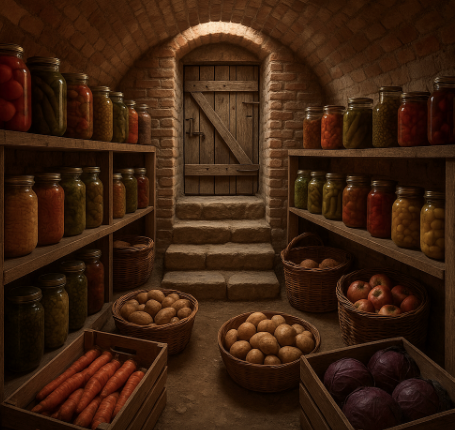
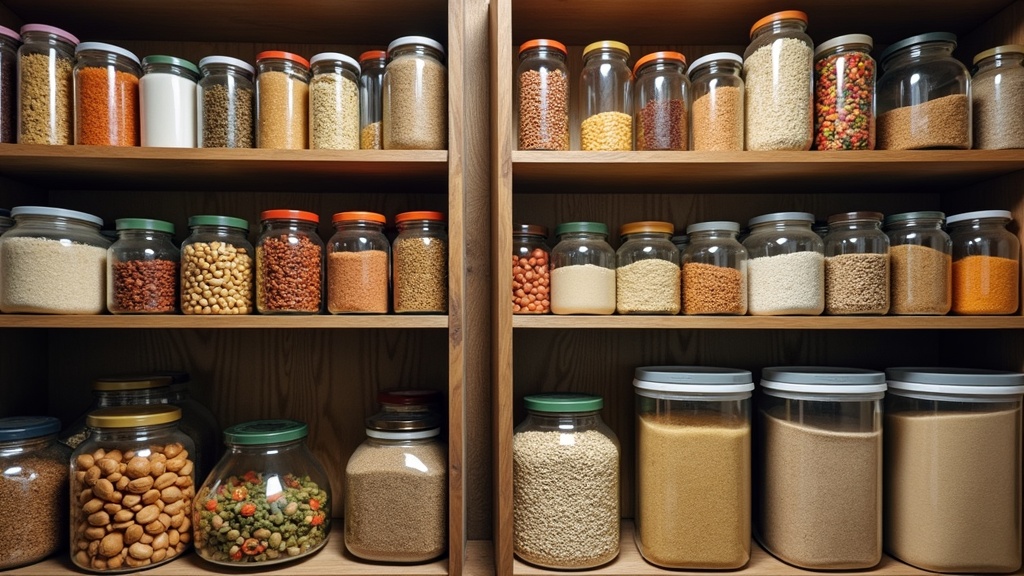
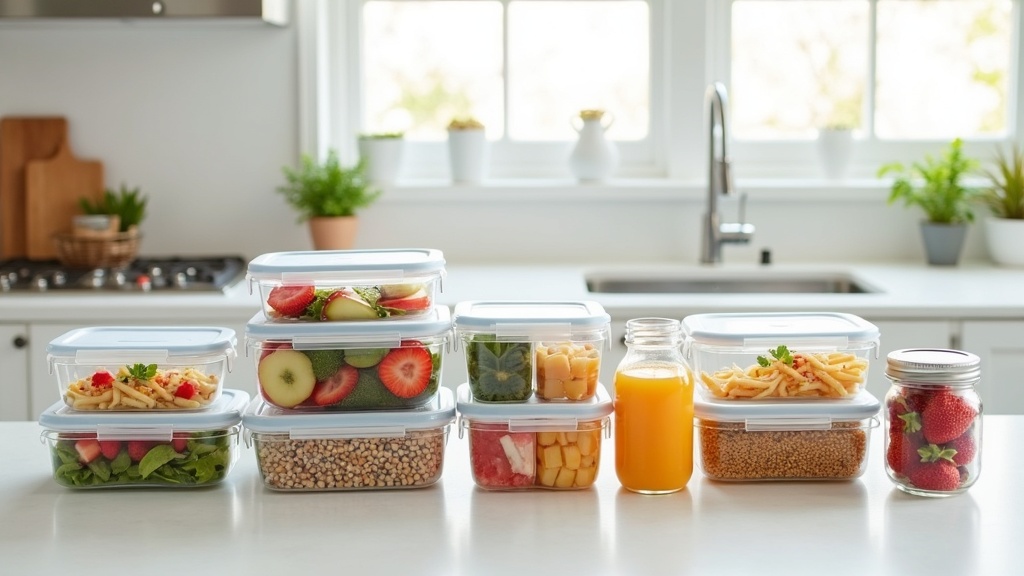
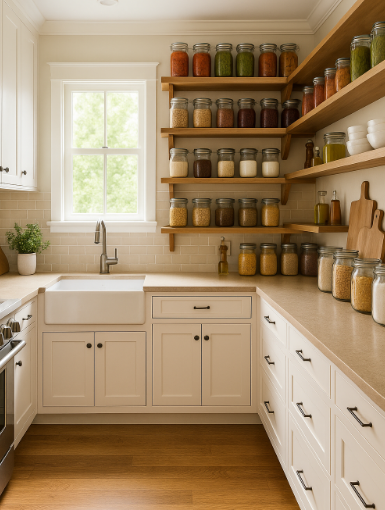
This was such a thorough and practical post—I really appreciated how you broke down not only which foods do well in a root cellar, but also the “why” behind it with temperature, humidity, and airflow. The detailed timelines for potatoes, apples, and root crops were especially helpful. I’ve had issues with sprouting and shriveling in the past, so the tip about using damp sand or sawdust for carrots and parsnips is one I’ll definitely try.
Your advice about keeping apples separate from other crops really stood out too—ethylene gas is something I’ve read about but didn’t fully understand the impact until now. I like the idea of keeping notes season to season on what holds up best; it makes the process less intimidating for beginners and helps turn trial-and-error into an actual system. Thanks for sharing such practical experience—it’s inspiring me to finally set up a proper root cellar instead of just using a cool basement corner!
I’m so glad the tips were helpful! Keeping notes each season really does make a big difference, and I think you’ll love how much better crops last once you set up a proper root cellar.